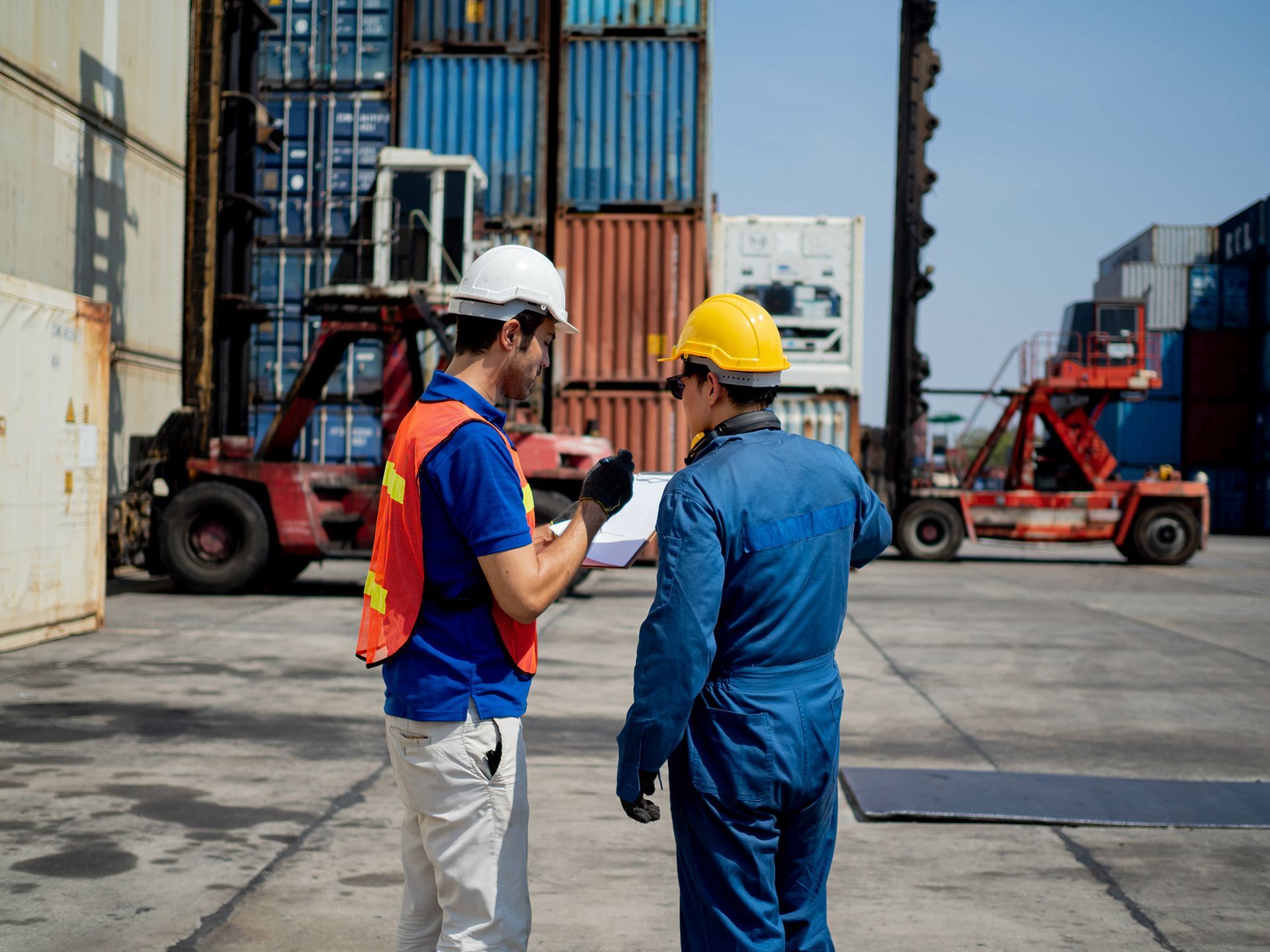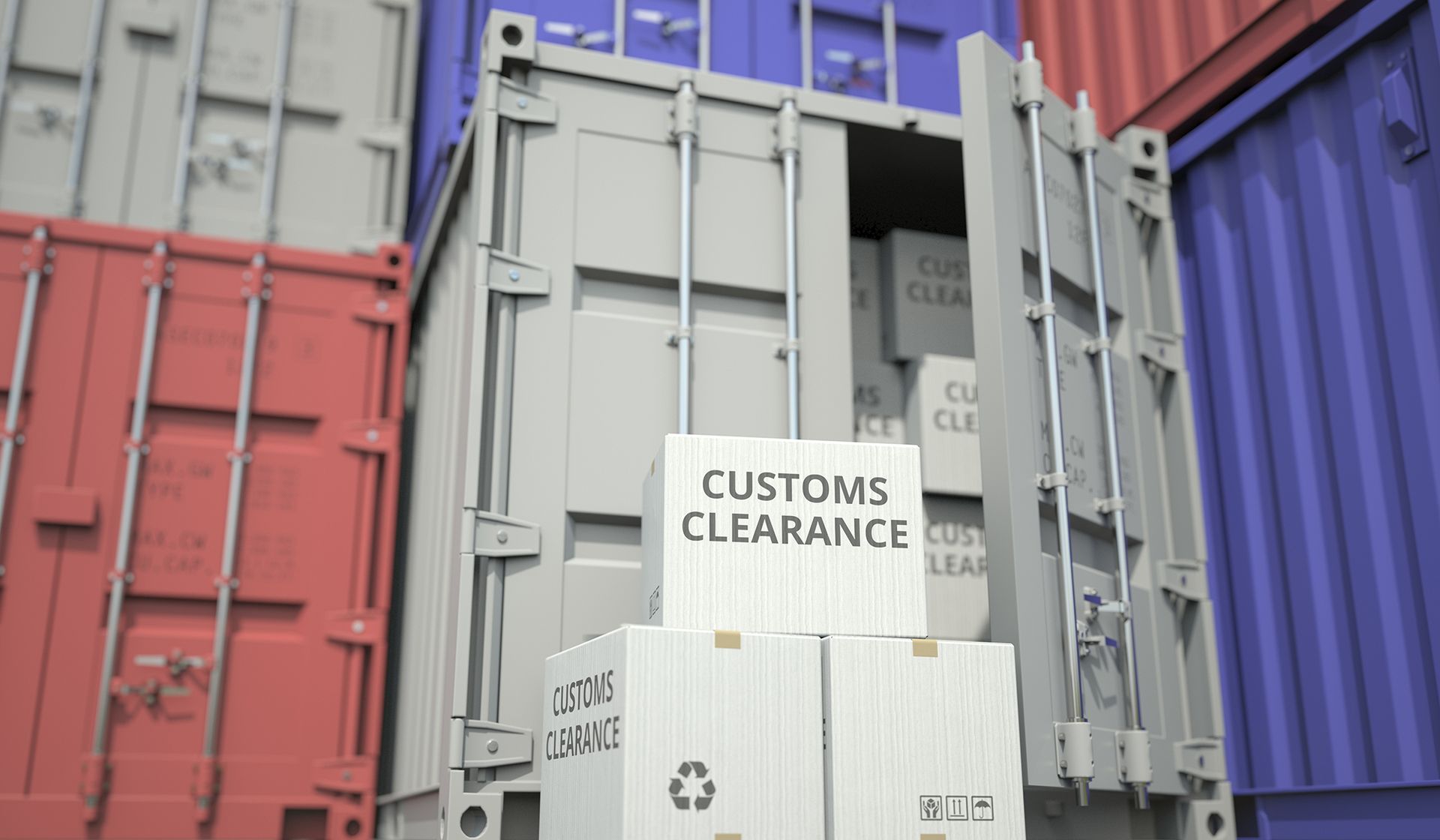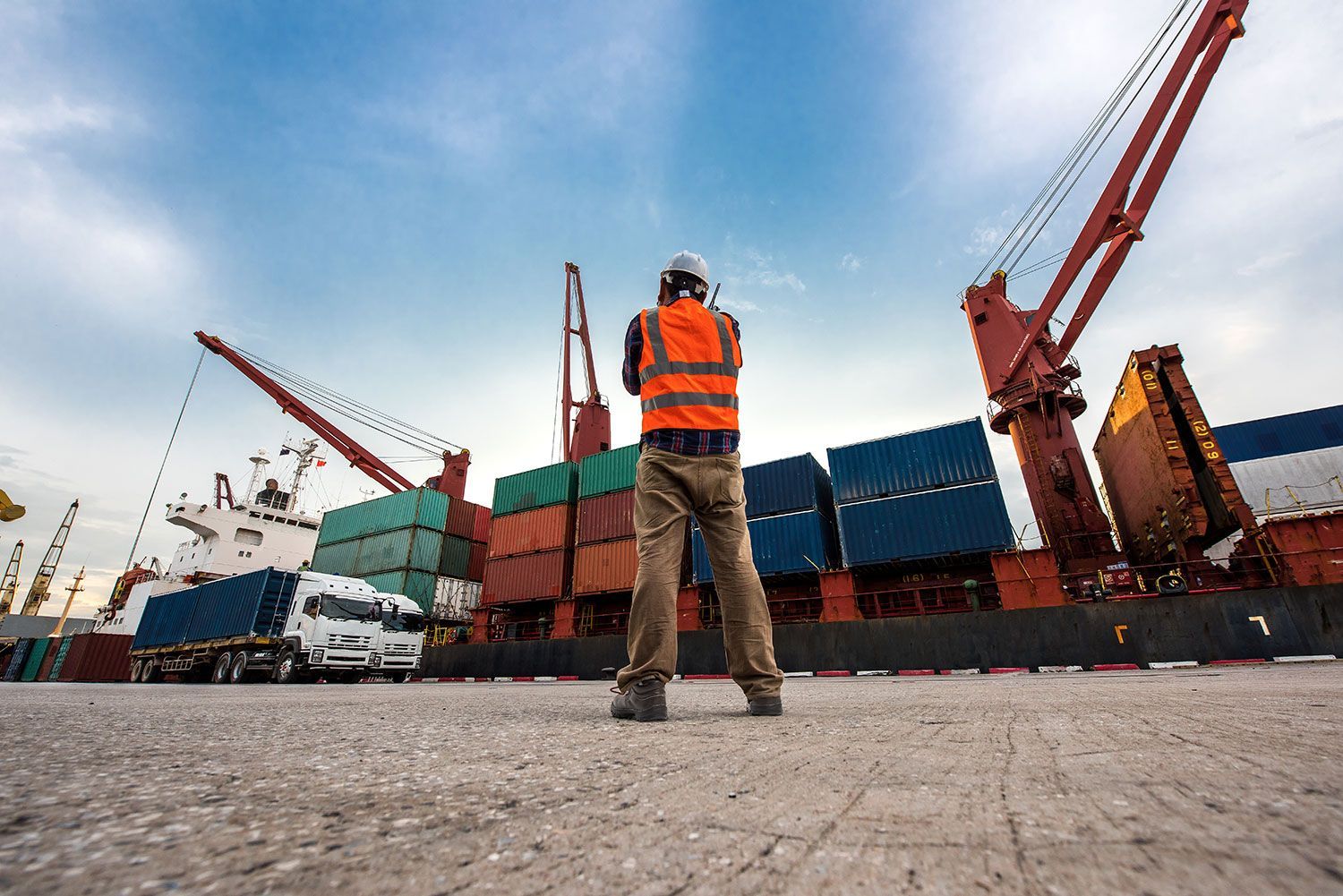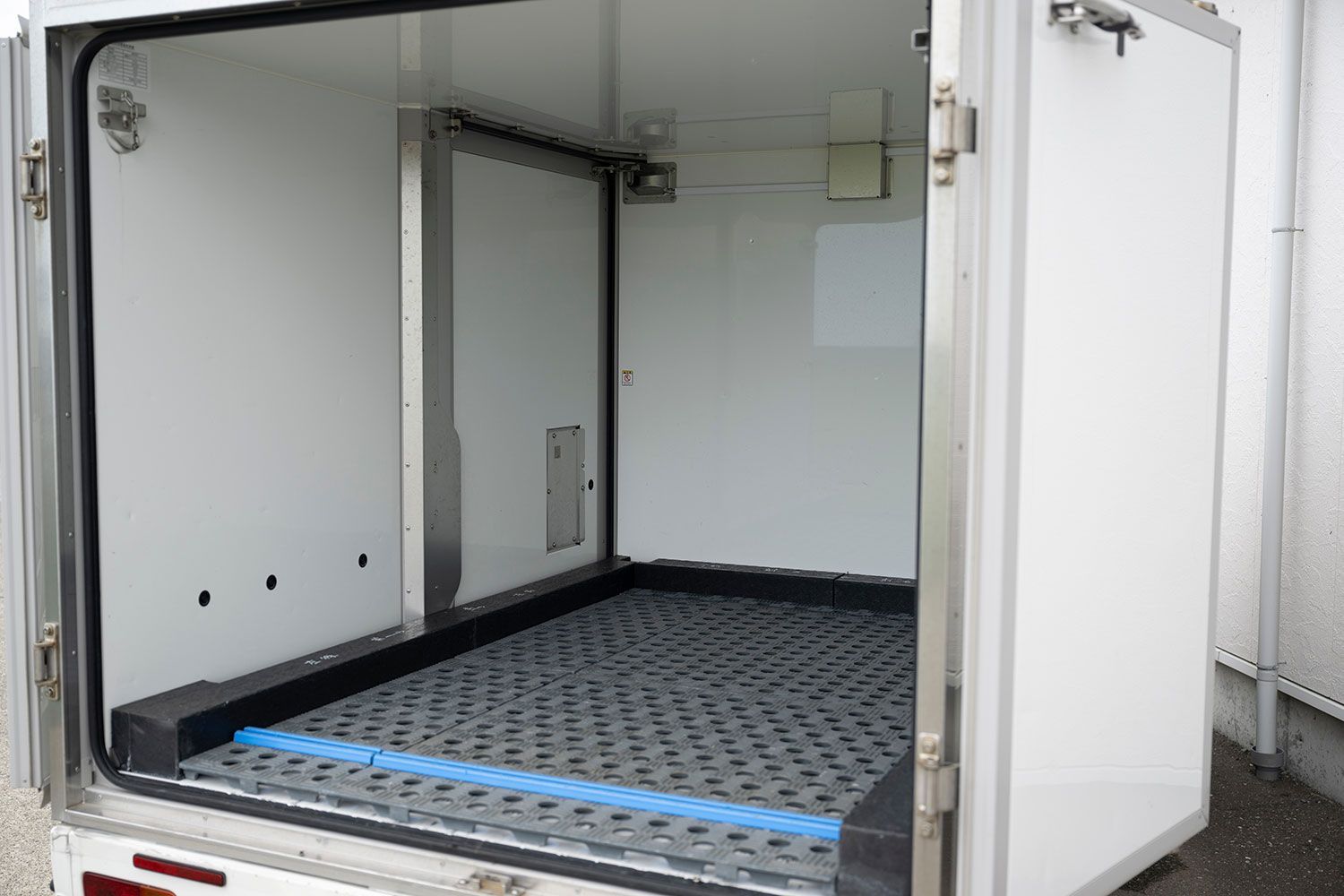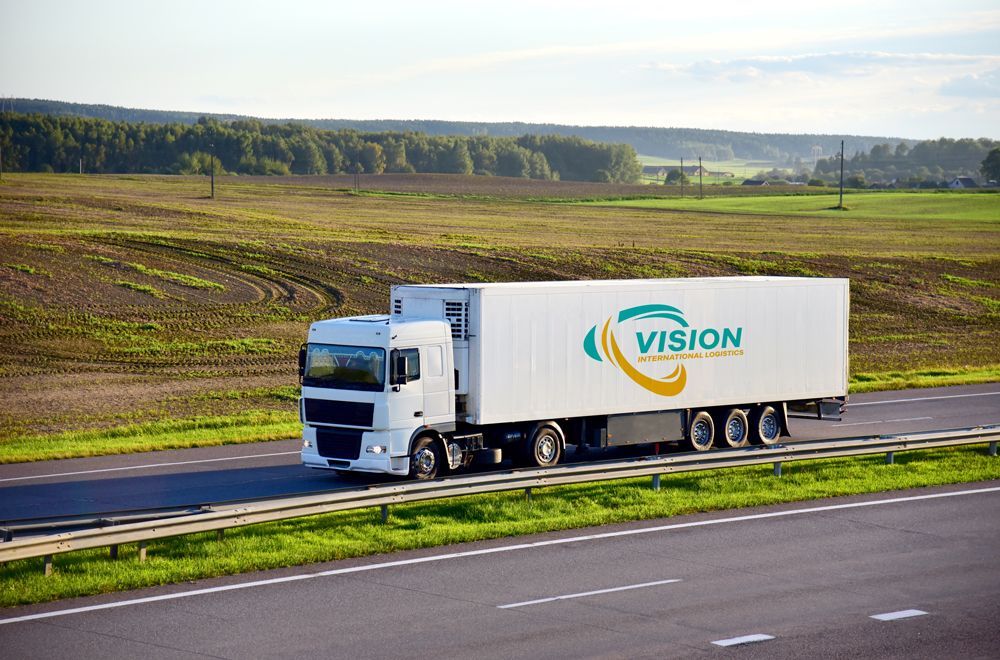Evolution of Freight Companies in Brisbane – Vision International Logistics
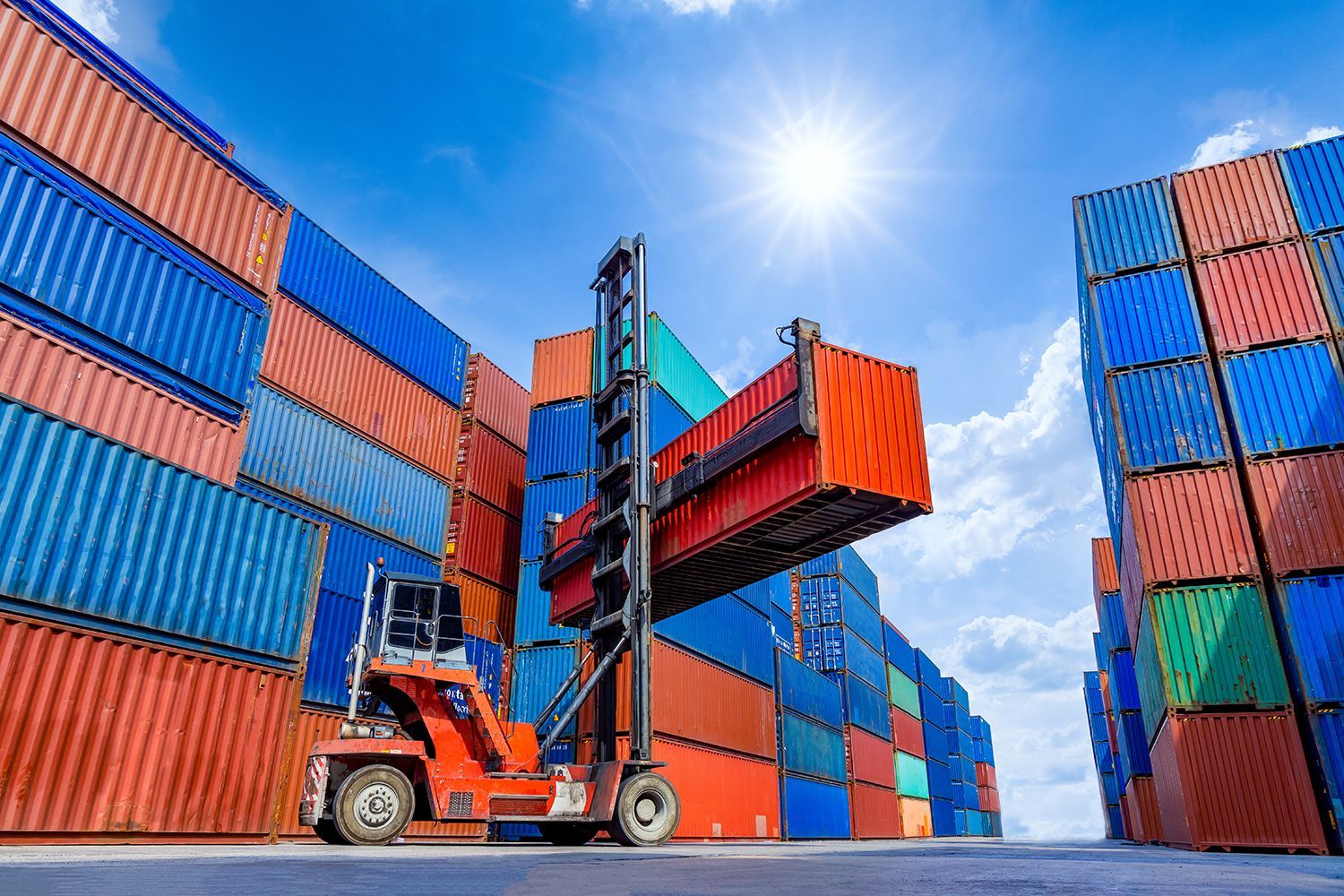
At Vision International Logistics, we believe that understanding the past is essential to shaping the future.
The freight industry in Brisbane has undergone a remarkable transformation, evolving from simple beginnings to a major network that plays a large role in Australia’s logistics landscape.
Below, we’ll explore the key milestones in this long history, highlighting how each phase has contributed to Brisbane’s growth as a logistics powerhouse.
Early Beginnings
Brisbane’s freight history dates back to the early 1820s, when the city’s first exports—mainly wool and timber—were transported via small sailing vessels along the Brisbane River.
According to Port of Brisbane, these humble beginnings were integral to the development of Brisbane as a trade hub, with the Moreton Bay Penal Settlement laying the groundwork for the city’s future role in Australia’s economic network.
As the settlement grew, so did the complexity and scale of its logistics operations, setting the stage for a more structured and efficient freight industry.
The Advent of Rail
The introduction of rail transport in the late 19th century was a pivotal moment in Brisbane's logistics evolution. Railways revolutionised freight transport, enabling faster, more reliable movement of goods across greater distances.
This innovation was particularly significant for Brisbane, as it connected the city to other major Australian centres, facilitating the efficient transport of agricultural and industrial products. The railway network not only enhanced Brisbane's status as a logistics hub but also contributed to the broader economic development of the region.
Rail transport became the backbone of Brisbane’s freight industry, supporting the city’s expansion and industrial growth.
The Rise of Road Transport
The 20th century brought about a significant shift in the freight industry with the rise of road transport. The advent of motor vehicles and the development of improved road infrastructure allowed for greater flexibility and efficiency in the movement of goods. Trucks became the preferred method for freight transport within Brisbane and its surrounding regions, offering direct delivery and the ability to navigate more complex routes. This shift was driven by the need for more adaptable logistics solutions, as businesses required faster and more tailored delivery services. Road transport not only complemented the existing rail network but also expanded Brisbane’s reach, allowing for more extensive and efficient distribution of goods.
For more information on road and rail freight in Australia, read this resource from the Bureau of Infrastructure and Transport Research Economics.
Globalisation and Modern Logistics
As the world became more interconnected, Brisbane's freight industry adapted to meet the demands of a globalised economy.
As reported by ABC News, Brisbane Airport is undergoing a $5 billion makeover, including building a 2nd runway to increase traveller capacity. Among this, they are working on over 150 different projects, which are set to be completed by the 2032 Brisbane Paralympics & Olympics. This transformation has enabled Brisbane to handle larger volumes of international trade, positioning the city as a critical link in the global supply chain.
At Vision International Logistics, we recognise the importance of innovation in maintaining a competitive edge. The integration of modern logistics technologies, such as our online track & trace platform, has allowed us to provide more transparent and responsive services to our customers.
Today, freight companies in Brisbane operate within a highly sophisticated logistics ecosystem combining multiple modes of transport and offering a range of services that cater to the diverse needs of a global market.
We’re Taking You Future Forward
The evolution of freight and logistics companies in Brisbane is a story of resilience, innovation, and growth. From the early days of river-based exports to the rise of rail and road transport, and now the complexities of modern global logistics, Brisbane has continually adapted to the changing demands of the industry.
At Vision International Logistics, we are proud to be part of this ongoing journey. As we look to the future, we remain committed to driving progress, connecting Brisbane to the world with integrity, innovation, and a relentless focus on service excellence.
Learn more about our freight forwarding services
Speak to us today see how we can take your business future forward.
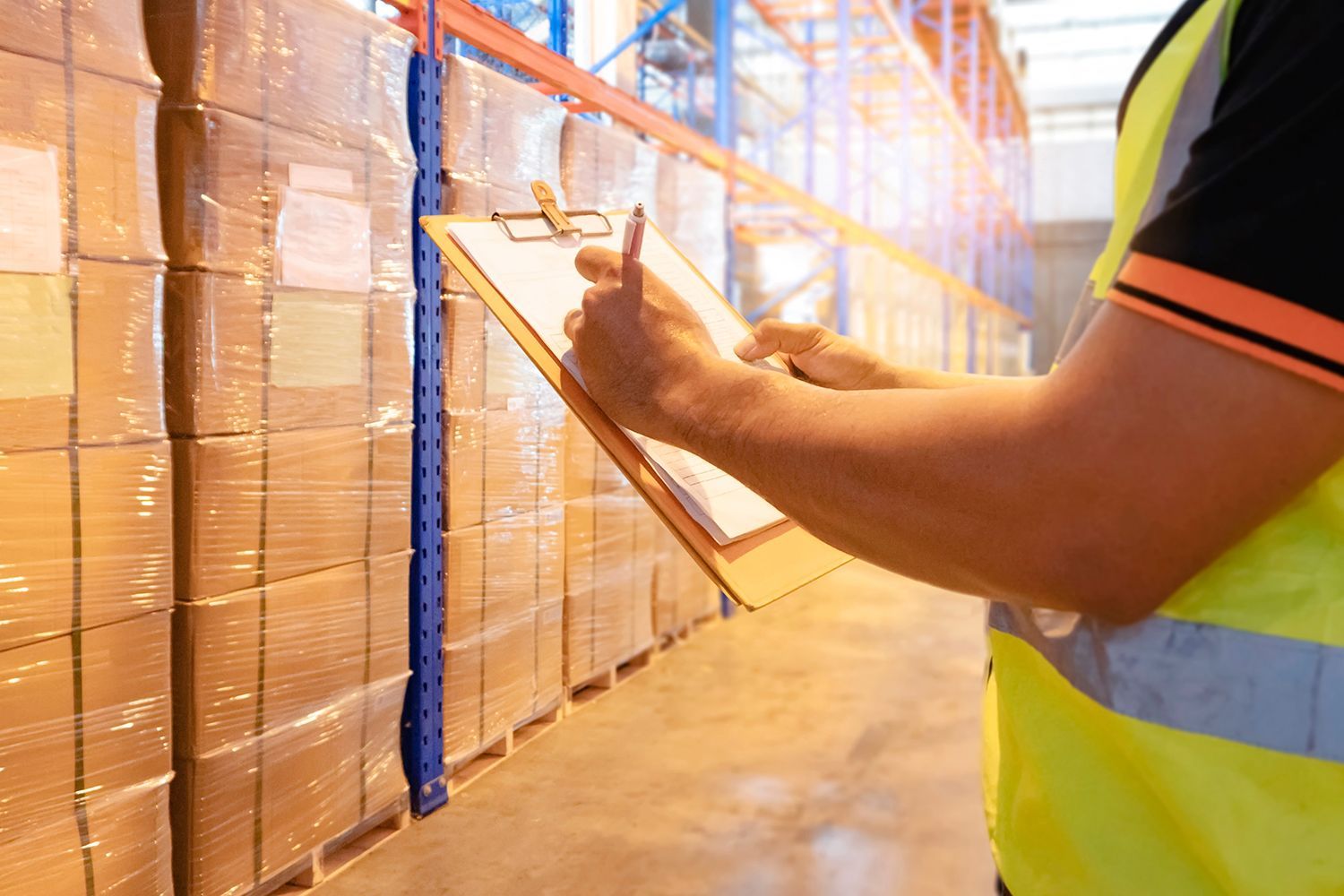
Australian Locations
Brisbane: +61 7 3866 7900
Sydney: +61 2 9700 1402
Sunshine Coast: +61 7 5471 7933
Quick LINKS
Our Services
Contact Information
729 -739 Macarthur Avenue Central Pinkenba Qld 4008
© 2024 All Rights Reserved | Vision International Logistics |
Privacy Policy
|
Standard Trading Conditions
| Website by
Octopus Digital
| Website Marketing by
Shark Digital

